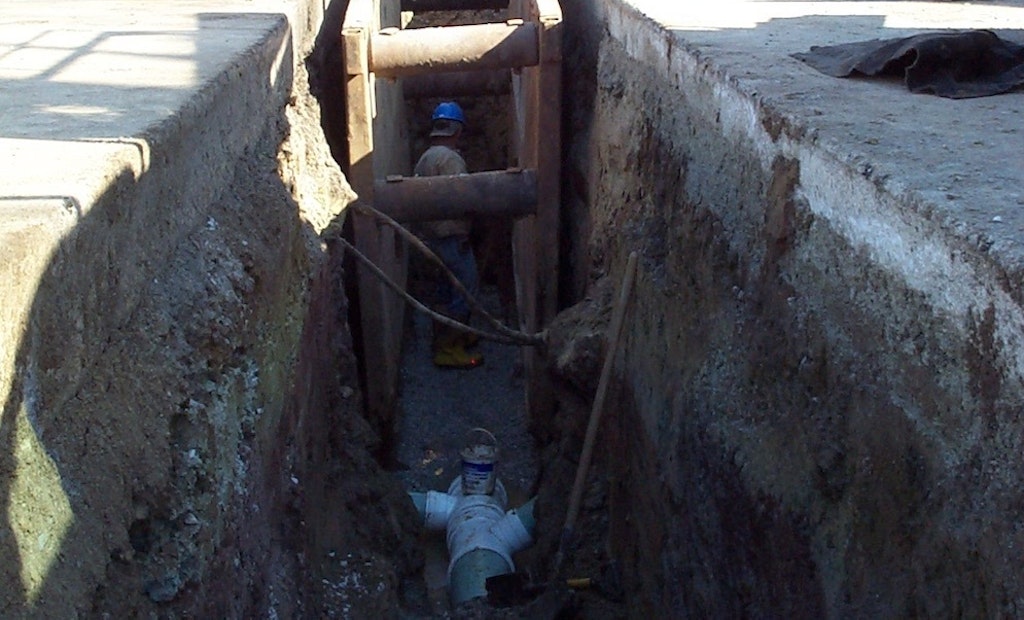Determining the right sewer rehabilitation method for a given job is not always straightforward, as identifying a solution requires evaluating a pipe’s physical environment and condition. Without properly assessing these factors, municipalities risk only partially solving a problem with point repair. Or, an equally inefficient outcome, municipalities waste resources by doing more work than necessary with end-to-end repair. While some municipalities have rehab contractors that also provide consulting services to address what type of solution is best, at the end of the day someone must make a decision on how to repair the pipes. So what should be taken into account?
External factors
The location of a line is all-important when it comes to performing pipeline rehabilitation. Lines that are in high-traffic areas and have a high flow pose greater challenges to conducting end-to-end repair. Manhole-to-manhole work is invasive — disrupting service and traffic. Because of its complexity, this rehab category often requires more resources to complete. On the other hand, point repair is often more economical, and in some cases can be installed with moderate flow in a line, including active infiltration. While some lines truly do require the extra investment of end-to-end repair to return them to acceptable condition, in an industry where resources are stretched thin it’s important to analyze what other options are available.
Internal factors
Understanding the entire pipeline’s condition will also influence what method is best when choosing between manhole-to-manhole and spot repair. The prevalence and pervasiveness of defects are important factors: In lines with fewer defects it may be easier and more cost-efficient to target specific problem areas. Defects like roots, holes and cracks are all localized, which also makes them good candidates for point repair. Treating these small sections of damaged pipeline can also help avoid having to navigate bends and tapers that would otherwise present challenges during end-to-end repair. Assessing pipelines thoroughly before settling on a rehab method will help municipalities tackle sewer rehab strategically.
General pipeline considerations
The service life of a pipeline should also be known before beginning rehab. If a line is slated for replacement or major rehab, then investing the resources to fix it manhole-to-manhole may not be the best option. Spot repair can act as a short-, mid- and long-term solution, whereas manhole-to-manhole repair is a big enough project that it does not make sense for many larger, still-developing rehab projects.
When it comes to infrastructure and the wastewater industry, efficiency is key. Having a strategy behind sewer rehabilitation will help save time and money, and selecting sewer rehab solutions that account for the wide-ranging nuances of pipelines will ensure municipalities make the right choice.
Looking for more guidance when choosing between end-to-end and point repair? Pipeline Renewal Technologies developed a short questionnaire that walks you through 12 of the most important considerations and then helps you identify the best solution.
Visit the Pipeline Renewal Technologies Storefront






